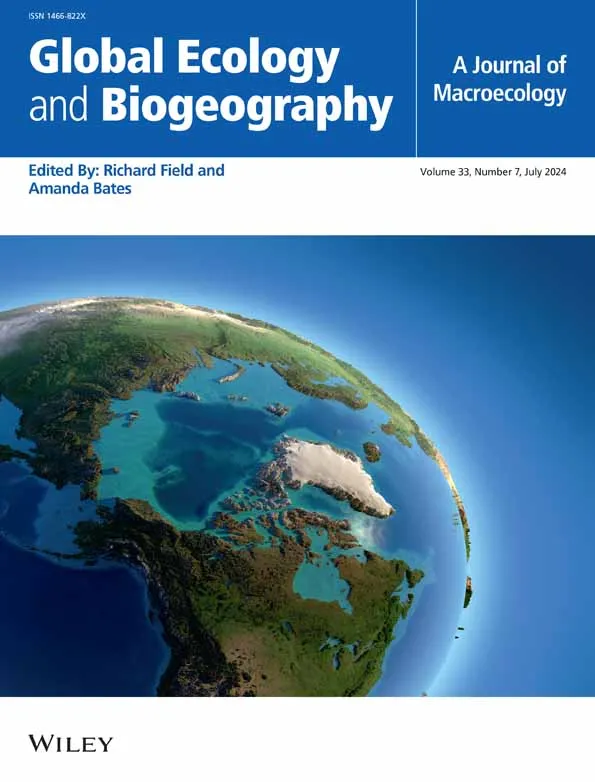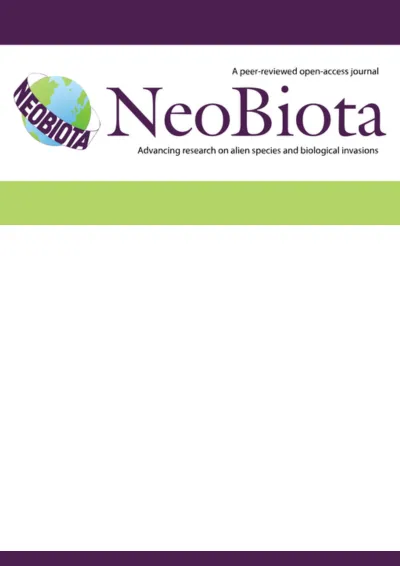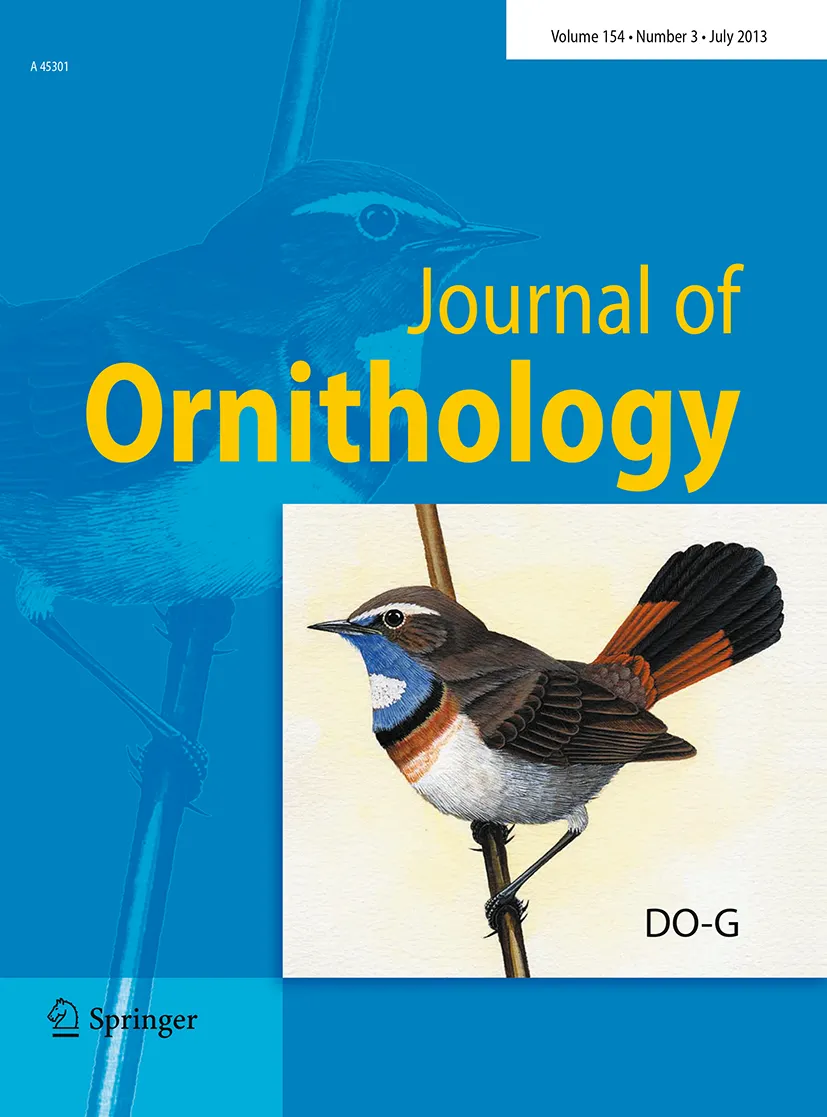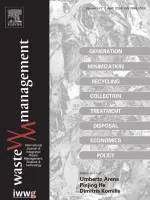BTO publishes peer-reviewed papers in a wide range of scientific journals, both independently and with our partners. If you are unable to access a scientific paper by a BTO author, please contact us.
Search settings
A family of process-based models to simulate landscape use by multiple taxa
Author: Gardner, E., Robinson, R.A., Julian, A., Boughey, K., Langham, S., Tse-Leon, J., Petrovskii, S., Baker, D.J., Bellamy, C., Buxton, A., Franks, S., Monk, C., Morris, N., Park, K.J., Petrovan, S., Pitt, K., Taylor, R., Turner, R.K., Allain, S.J.R., Bradley, V., Broughton, R.K., Cartwright, M., Clarke, K., Cranfield, J., Fuentes-Montemayor, E., Gandola, R., Gent, T., Hinsley, S.A., Madsen, T., Reading, C., Redhead, J.W., Reveley, S., Wilkinson, J., Williams, C., Woodward, I., Baker, J., Briggs, P., Dyason, S., Langton, S., Mawby, A., Pywell, R.F. & Bullock, J.M.
Published: 2024
The last few decades have seen large-scale changes in the landscapes of the UK, with most land being managed more intensively and increasingly little left for wildlife. There are some positive changes though, with habitat restoration initiatives and a greater focus on ‘landscape conservation’. This recognises that small patches of habitat, such as are found in many nature reserves, are unlikely to be enough – they need to be bigger and better connected. But in today’s crowded landscape how can this be achieved?
02.05.24
Papers

Spatial variation in spring arrival patterns of Afro-Palearctic bird migration across Europe
Author: Border, J.A., Boersch-Supan, P., Pearce-Higgins, J.W., Hewson, C., Howard, C., Stephens, P.A., Willis, S.G., Houston, A., Gargallo, G. & Baillie, S.R.
Published: 2024
The timing of migrant birds’ arrival on the breeding grounds, or spring arrival, can affect their survival and breeding success. The optimal time for spring arrival involves trade-offs between various factors, including the availability of food and suitable breeding habitat, and the risks of severe weather. Due to climate change, the timing of spring emergence has advanced for many plants and insects which affects the timing of maximum food availability for migratory birds in turn. The degree to which different bird species can adapt to this varies. Understanding the factors that influence spring arrival in different species can help us to predict how they may respond to future changes in climate.
02.05.24
Papers

Not in the countryside please! Investigating UK residents’ perceptions of an introduced species, the ring-necked parakeet (Psittacula krameri)
Author: Pirzio-Biroli, A., Crowley, S.L., Siriwardena, G.M., Plummer, K.E., Schroeder, J. & White, R.L.
Published: 2024
The Ring-necked Parakeet is a non-native species in Europe, with more than 90 established breeding populations across the continent, particularly in urban areas. The UK, and Greater London especially, is home to the largest of these non-native European populations. This study used an online survey to examine people’s perception of this species across the UK, and found that negative views of Ring-necked Parakeets are stronger in rural areas than in towns and cities.
02.05.24
Papers

Use of dwarf shrubland–grassland mosaics by a nomadic predatory bird, the Short-eared Owl Asio flammeus
Author: Author(s): Calladine, J., Southall, C., Wetherhill, A. & Morrison, N.
Published: 2024
Understanding the habitat requirements of Short-eared Owls can inform conservation action for this species. Given the vast distances that individual Short-eared Owls can travel over the course of a season, we need to understand how these requirements may vary between locations.
22.04.24
Papers

Leakage of plastics and other debris from landfills to a highly protected lake by wintering gulls
Author: Martín Vélez, V., Cano-Povedano, J., Cañuelo-Jurado, B., López-Calderón, C., Céspedes, V., Ros, M., Sánchez, M.I., Shamoun-Baranes, J., Müller, W., Thaxter, C.B., Camphuysen, C.J., Cózar & Green, A.J.
Published: 2024
Accumulation of plastic and waste contamination in the natural environment is a growing problem, but little is known of the role animals play in transporting plastics (a process known as ‘biovectoring’) particularly to inland waters and habitats. This study used diet sampling, population monitoring and GPS tracking data of Lesser Black-backed Gulls to monitor the transport of plastics and anthropogenic debris from landfills to an inland reservoir in Spain.
01.04.24
Papers
